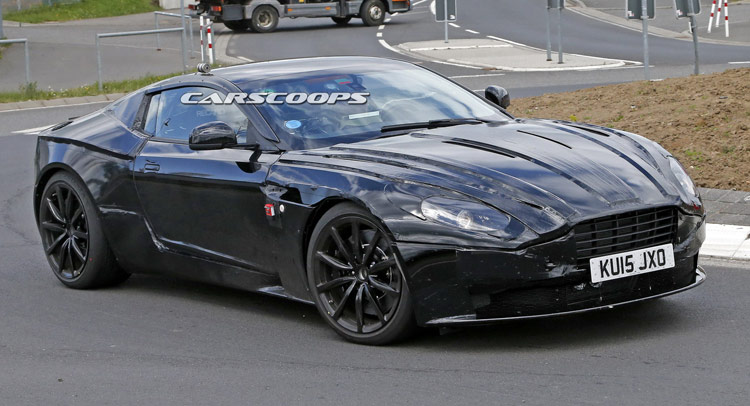The past few years have been quite difficult for Aston Martin. In early 2014, the famed British sports car maker had to recall all its 2008-2014 models (over 17,000 vehicles) due to them using counterfeited plastic.
Additionally, prior to the appointment of Andy Palmer to lead the company in September 2014, the company operated without a chief executive for almost a year.
As its leader leadership attempts to reinvigorate the company and make it a market leader, the brand’s alliance with Daimler, finalized in July 2013, will be pivotal to its success. As part of the relationship with Mercedes-Benz’s high-performance division, AMG, Aston will borrow V8 engines, transmissions and the electrical architecture of AMG for its future models.
Despite this and the inevitable downsizing of Aston Martin engines, its chief program engineer John Caress has confirmed that it will keep producing its range-topping V12 for as long as possible.
While speaking with Road and Track, Caress said: “We’re going to keep our V12 as long as we possibly can. Our future strategy is that we can either water down the engines, and keep watering them down and watering them down — eight becomes six and six becomes four — and you get your emissions average that way, or you grasp onto your V12 as long as you can, and you introduce a zero emissions car.”
While the future of Aston’s V12 is assured, it is expected to be developed heavily. As a matter of fact, for the upcoming DB11 sports car, the 6.0-litre V12 is expected to be complemented with at least one turbocharger to not only boost performance, but also lower emissions.













